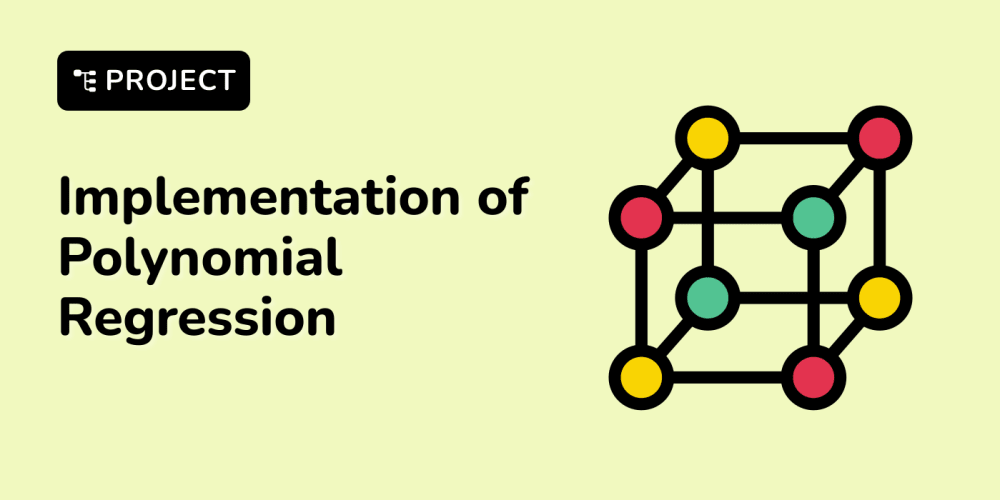<!DOCTYPE html>
Day 15: Attended a Platform Engineering with AI Event!
<br> body {<br> font-family: Arial, sans-serif;<br> line-height: 1.6;<br> margin: 0;<br> padding: 20px;<br> }<br> h1, h2, h3 {<br> font-weight: bold;<br> }<br> img {<br> max-width: 100%;<br> height: auto;<br> display: block;<br> margin: 20px auto;<br> }<br> code {<br> font-family: monospace;<br> background-color: #f0f0f0;<br> padding: 5px;<br> border-radius: 3px;<br> }<br> pre {<br> background-color: #f0f0f0;<br> padding: 10px;<br> border-radius: 5px;<br> overflow-x: auto;<br> }<br>
Day 15: Attended a Platform Engineering with AI Event!
Today was a day filled with insights and inspiration as I attended a fantastic event on "Platform Engineering with AI". The event brought together industry experts, thought leaders, and practitioners to explore the transformative power of AI in modern software development and infrastructure management.
The Rise of Platform Engineering
The event began with an insightful presentation on the rise of platform engineering. Platform engineering is a discipline that focuses on building and operating self-service platforms that enable developers to build, deploy, and manage applications efficiently and securely. This shift towards platform engineering is driven by several factors, including:
-
Increased complexity of applications and infrastructure:
Modern applications are increasingly complex, relying on microservices, containers, cloud platforms, and diverse data sources. This complexity makes it challenging for developers to manage the entire application lifecycle. -
Demand for faster delivery cycles:
Businesses today demand rapid innovation and faster time-to-market. Platform engineering provides a streamlined and automated approach to software delivery, enabling developers to focus on building features rather than managing infrastructure. -
The need for improved developer experience:
Platform engineering emphasizes creating a frictionless developer experience by providing self-service tools, automated workflows, and consistent environments. This empowers developers to be more productive and innovate faster.

AI-Powered Platform Engineering
The event then delved into the exciting intersection of platform engineering and artificial intelligence. AI is transforming how we build and manage software platforms, offering numerous benefits such as:
- Automated Infrastructure Management
AI can automate tasks like resource provisioning, scaling, and monitoring, freeing up platform engineers to focus on higher-level challenges. AI-powered tools can analyze usage patterns, predict resource needs, and automatically scale infrastructure based on real-time demands. This not only improves efficiency but also optimizes costs.
AI-powered security tools can detect and respond to threats in real time, analyze security logs, and proactively identify vulnerabilities. This helps platform engineers build secure and compliant platforms that protect sensitive data and applications from cyberattacks.
AI can personalize the developer experience by providing context-aware recommendations, suggesting relevant tools and services, and automating common tasks. This makes platform engineering more intuitive and efficient, allowing developers to focus on their core responsibilities.
AI can assist in application performance analysis, troubleshooting, and optimization. By analyzing application logs, performance metrics, and user behavior, AI can identify bottlenecks, suggest performance improvements, and even predict potential issues before they arise.
Real-World Examples and Use Cases
The event showcased real-world examples and use cases of AI-powered platform engineering in action. Here are a few examples:
a. Automating Infrastructure Provisioning
A major financial institution used an AI-powered platform to automate infrastructure provisioning for their trading applications. The platform analyzed historical data and current workload requirements to dynamically provision resources, ensuring optimal performance and cost efficiency.
b. Predictive Maintenance
A cloud service provider leveraged AI to predict failures in their infrastructure, proactively scheduling maintenance and minimizing downtime for their customers. By analyzing historical data, sensor readings, and system logs, the AI model could anticipate potential issues and take preventative actions.
c. Security Threat Detection
A healthcare organization implemented an AI-powered security platform to detect and respond to cyberattacks in real time. The platform analyzed network traffic, user behavior, and system logs to identify anomalies and suspicious activities, minimizing the impact of potential breaches.
Tools and Technologies
The event also discussed various tools and technologies that are driving the adoption of AI in platform engineering. Some of these technologies include:
- Machine Learning Platforms: Platforms like TensorFlow, PyTorch, and Amazon SageMaker provide the infrastructure and tools for building and deploying AI models.
- Cloud-Native AI Services: Cloud providers like AWS, Azure, and Google Cloud offer pre-trained AI models and APIs for tasks like image recognition, natural language processing, and predictive analytics.
- Platform-as-a-Service (PaaS): PaaS platforms like Heroku, AWS Elastic Beanstalk, and Google App Engine provide a managed environment for deploying and scaling applications, often incorporating AI-powered features for monitoring, scaling, and security.
- Infrastructure-as-Code (IaC) Tools: Tools like Terraform and Ansible can be used to automate infrastructure provisioning and configuration, making it easier to integrate AI-powered services.
Step-by-Step Guide: Building an AI-Powered Platform
Let's look at a simplified example of how you can incorporate AI into your platform engineering workflow. Here's a step-by-step guide for building a platform that uses AI to automate resource scaling:
Begin by collecting data on resource utilization, application performance, and user activity. This data can be stored in a database or a cloud storage service.
Train a machine learning model using the collected data. You can use a platform like TensorFlow or PyTorch to build and train a model that predicts resource needs based on historical data and current usage patterns.
Integrate the trained model with your platform engineering tools, such as Terraform or Ansible. This integration allows the model to automatically scale resources based on predictions.
Continuously monitor the performance of the AI-powered scaling system and make adjustments to the model or configuration as needed. This ensures optimal resource utilization and minimizes costs.
Conclusion: Embracing the Future of Platform Engineering
The event concluded with a resounding message: the future of platform engineering is intertwined with artificial intelligence. By harnessing the power of AI, we can build smarter, more efficient, and resilient platforms that empower developers to innovate faster and deliver exceptional user experiences.
As the technology continues to evolve, we can expect to see even more groundbreaking use cases of AI in platform engineering. From automating complex tasks to proactively detecting and mitigating issues, AI is transforming the way we build and manage software platforms.
If you're a platform engineer or a developer interested in embracing the latest advancements in software development, I highly recommend exploring the possibilities of AI-powered platform engineering. The opportunities for innovation and efficiency are immense.


















